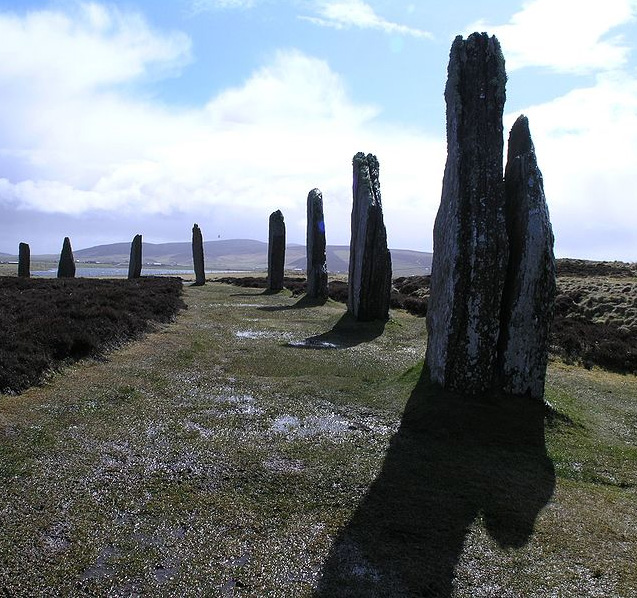Prehistoric Scotland
Classic Pamphlet

Archaeological Investigations
Prehistory is an attempt to reconstruct the story of human societies inhabiting a given region before the full historical record opens there. Its data, furnished by archaeology, are the constructions members of such societies erected and the durable objects they made. The events which should form its subject matter naturally play a part in determining the course of subsequent history. But the story it can tell should not be expected to conform closely to the lines of later history, certainly not those of orthodox political history. In no case can prehistory reach individual actors or pass judgement upon individual actions. Its unit always remains a "culture" which is assumed to correspond to a single human group united by common social traditions.
The concrete objects presented by archaeology to prehistory must always be members of a class. The process of classification should reveal the socially sanctioned conventions governing the objects maker. But a unique object which denies classification cannot enter into the prehistorian's scheme. Cultures develop in time and move about in space as much as peoples do. But whether the society whose peculiar traditions and conventions they concretely express be a group of real or fictitious kinsmen (family or clan), a political unit (tribe or nation), a religious association (church), a craft guild or even a caste is not always obvious. Aided by Archaeology prehistory can disclose the building up of cultures, their development in space and time, the sources from which the component items are derived. Prehistory may aspire to give history of material equipment and the economy in which that functioned. It can make some legitimate guesses as to social organisation, religion and art. Through the interaction of cultures it can even catch glimpses of political events...
This resource is FREE for HA Members.
Non HA Members can get instant access for £3.49

